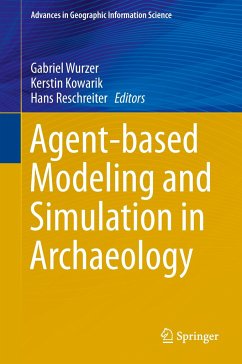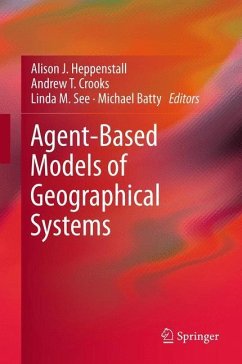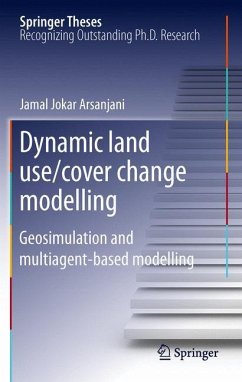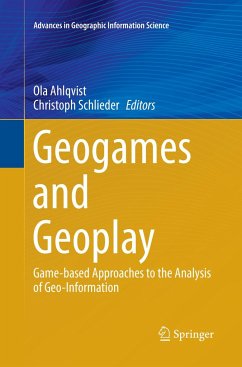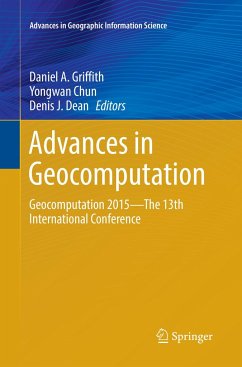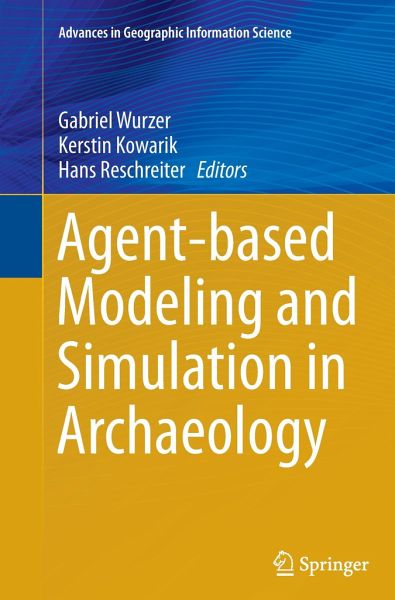
Agent-based Modeling and Simulation in Archaeology
Versandkostenfrei!
Versandfertig in 6-10 Tagen
76,99 €
inkl. MwSt.

PAYBACK Punkte
38 °P sammeln!
Archaeology has been historically reluctant to embrace the subject of agent-based simulation, since it was seen as being used to "re-enact" and "visualize" possible scenarios for a wider (generally non-scientific) audience, based on scarce and fuzzy data. Furthermore, modeling "in exact terms" and programming as a means for producing agent-based simulations were simply beyond the field of the social sciences.This situation has changed quite drastically with the advent of the internet age: Data, it seems, is now ubiquitous. Researchers have switched from simply collecting data to filtering, sel...
Archaeology has been historically reluctant to embrace the subject of agent-based simulation, since it was seen as being used to "re-enact" and "visualize" possible scenarios for a wider (generally non-scientific) audience, based on scarce and fuzzy data. Furthermore, modeling "in exact terms" and programming as a means for producing agent-based simulations were simply beyond the field of the social sciences.
This situation has changed quite drastically with the advent of the internet age: Data, it seems, is now ubiquitous. Researchers have switched from simply collecting data to filtering, selecting and deriving insights in a cybernetic manner. Agent-based simulation is one of the tools used to glean information from highly complex excavation sites according to formalized models, capturing essential properties in a highly abstract and yet spatial manner. As such, the goal of this book is to present an overview of techniques used and work conducted in that field, drawing on the experience of practitioners.
This situation has changed quite drastically with the advent of the internet age: Data, it seems, is now ubiquitous. Researchers have switched from simply collecting data to filtering, selecting and deriving insights in a cybernetic manner. Agent-based simulation is one of the tools used to glean information from highly complex excavation sites according to formalized models, capturing essential properties in a highly abstract and yet spatial manner. As such, the goal of this book is to present an overview of techniques used and work conducted in that field, drawing on the experience of practitioners.



